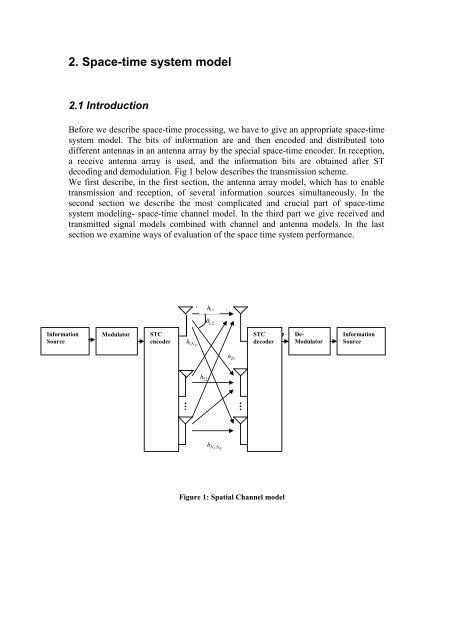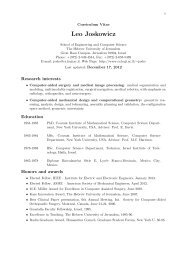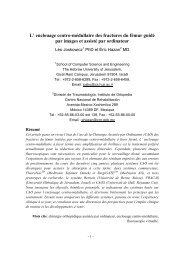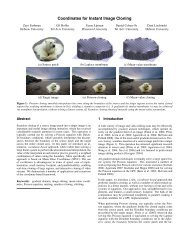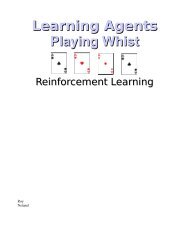TEL AVIV UNIVERSITY Gaddi Blumrosen
TEL AVIV UNIVERSITY Gaddi Blumrosen
TEL AVIV UNIVERSITY Gaddi Blumrosen
You also want an ePaper? Increase the reach of your titles
YUMPU automatically turns print PDFs into web optimized ePapers that Google loves.
Information<br />
Source<br />
2. Space-time system model<br />
2.1 Introduction<br />
Before we describe space-time processing, we have to give an appropriate space-time<br />
system model. The bits of information are and then encoded and distributed toto<br />
different antennas in an antenna array by the special space-time encoder. In reception,<br />
a receive antenna array is used, and the information bits are obtained after ST<br />
decoding and demodulation. Fig 1 below describes the transmission scheme.<br />
We first describe, in the first section, the antenna array model, which has to enable<br />
transmission and reception, of several information sources simultaneously. In the<br />
second section we describe the most complicated and crucial part of space-time<br />
system modeling- space-time channel model. In the third part we give received and<br />
transmitted signal models combined with channel and antenna models. In the last<br />
section we examine ways of evaluation of the space time system performance.<br />
Modulator STC<br />
encoder<br />
h1N<br />
R<br />
h22<br />
h11<br />
1,2<br />
hNTNR<br />
h21<br />
STC<br />
decoder<br />
Figure 1: Spatial Channel model<br />
De-<br />
Modulator<br />
Information<br />
Source


